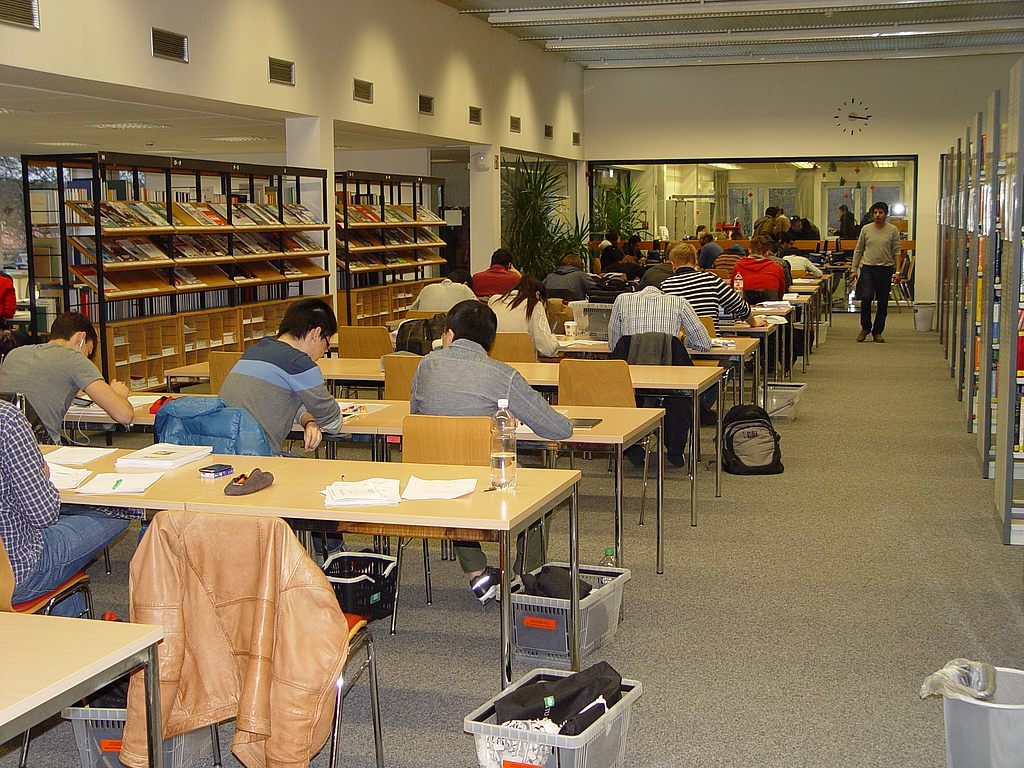Good scientific practice
The Codex of the DFG
Last year, the DFG revised its rules on "Safeguarding Good Scientific Practice" and adapted them to the changes in scientific practice brought about by digitization.
On July 3, 2019, the "Guidelines for Safeguarding Good Scientific Practice" were adopted by the General Assembly and entered into force on August 1, 2019. The aim is to provide orientation on good scientific practice to scientists, but also to the management of universities and research institutions. The focus is on professional ethics rather than potential violations.
The code consists of 19 guidelines, which are treated in three levels of abstraction. The top level has a high degree of abstraction. This is followed by the explanatory notes as the second level, which explain the top level in more detail. The third level will be implemented in the fall of 2019. It is not included in the code itself, but is a dynamic web document that will consist of case studies, subject-specific explanations, and FAQs.
The 19 guidelines are divided into three sections. The first section deals with general principles and consists of 6 guidelines. The main section is oriented towards the research process and consists of 11 guidelines. The final section is the procedure in case of non-compliance with another two guidelines.
In the general principles, topics such as the responsibility of scientists for the implementation of the principles, as well as for the training of young scientists are dealt with. In addition, the responsibility that the institutions and management of institutions, as well as working groups have for the implementation and compliance with the principles. It is pointed out that several criteria should be used for performance evaluation, and that above all qualitative criteria should be taken into account. In addition, the need to appoint an ombudsperson is pointed out.
The guidelines in the area of research process are based on the procedure in the research process. Guideline 7 calls for continuous quality assurance throughout the entire research process according to subject-specific standards. This is explained in more detail in the other guidelines. Guideline 8 is also to be seen as overarching and requires that the roles of the actors are always clearly defined for everyone throughout the entire research process.
Guideline 9 begins the concrete research process with the research design. Here, reference is made to thorough research into prior work and methods. Guideline 10 deals with the legal and ethical framework and rights of use. Scientists are called upon to handle research freedom responsibly and to take into account rights and obligations arising from legal requirements and third-party contracts. This includes research impact assessments and agreements on which rights of use are to be assigned to the research results and research data arising from the research project.
Guideline 11 indicates the use, or accurate documentation, of methods and standards. Guideline 12 requires that the documentation of research be done in a comprehensible manner so that results can be reviewed and evaluated. Individual results that do not support the research hypothesis should also be documented.
Guideline 13 deals with the establishment of public access to research results. In principle, it is assumed that all results will be published. It is left to the scientists to decide whether, how and where they want to publish their results. Guideline 14 deals with authorship. It is defined more precisely which contributions constitute (co-)authorship. Honorary authorships are rejected. Guideline 15 deals with the publication organ. Authors are requested to choose the publication medium carefully.
Guideline 16 deals with confidentiality and neutrality in reviews and consultations. Guideline 17 deals with archiving. The standard case continues to be a retention period of 10 years.
The last section deals with the procedure in case of non-compliance with good scientific practice. Here, emphasis is placed on the presumption of innocence and that the rights of both the whistleblower and the accused are protected as far as possible. To this end, confidentiality is seen as the overriding principle. Until the final conclusion of the proceedings, no disadvantages should result for the accused. As long as the whistleblower has acted in good faith, no disadvantages should result for him or her either.
By July 31, 2021, all universities and research institutions that wish to receive funding from the DFG must implement these new guidelines.
